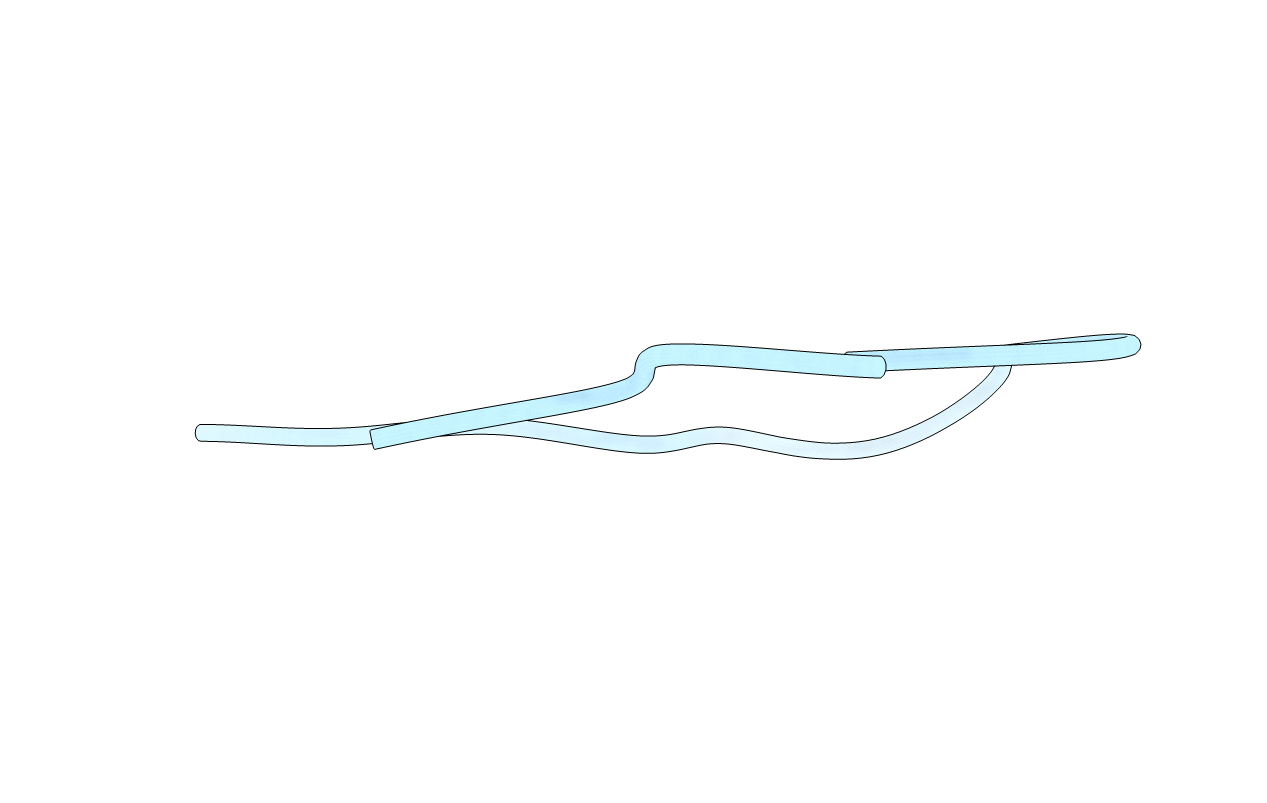
Deposition Date
2018-12-06
Release Date
2019-08-07
Last Version Date
2024-11-13
Method Details:
Experimental Method:
Resolution:
1.05 Å
R-Value Free:
0.24
R-Value Work:
0.19
R-Value Observed:
0.20
Space Group:
P 1 21 1


